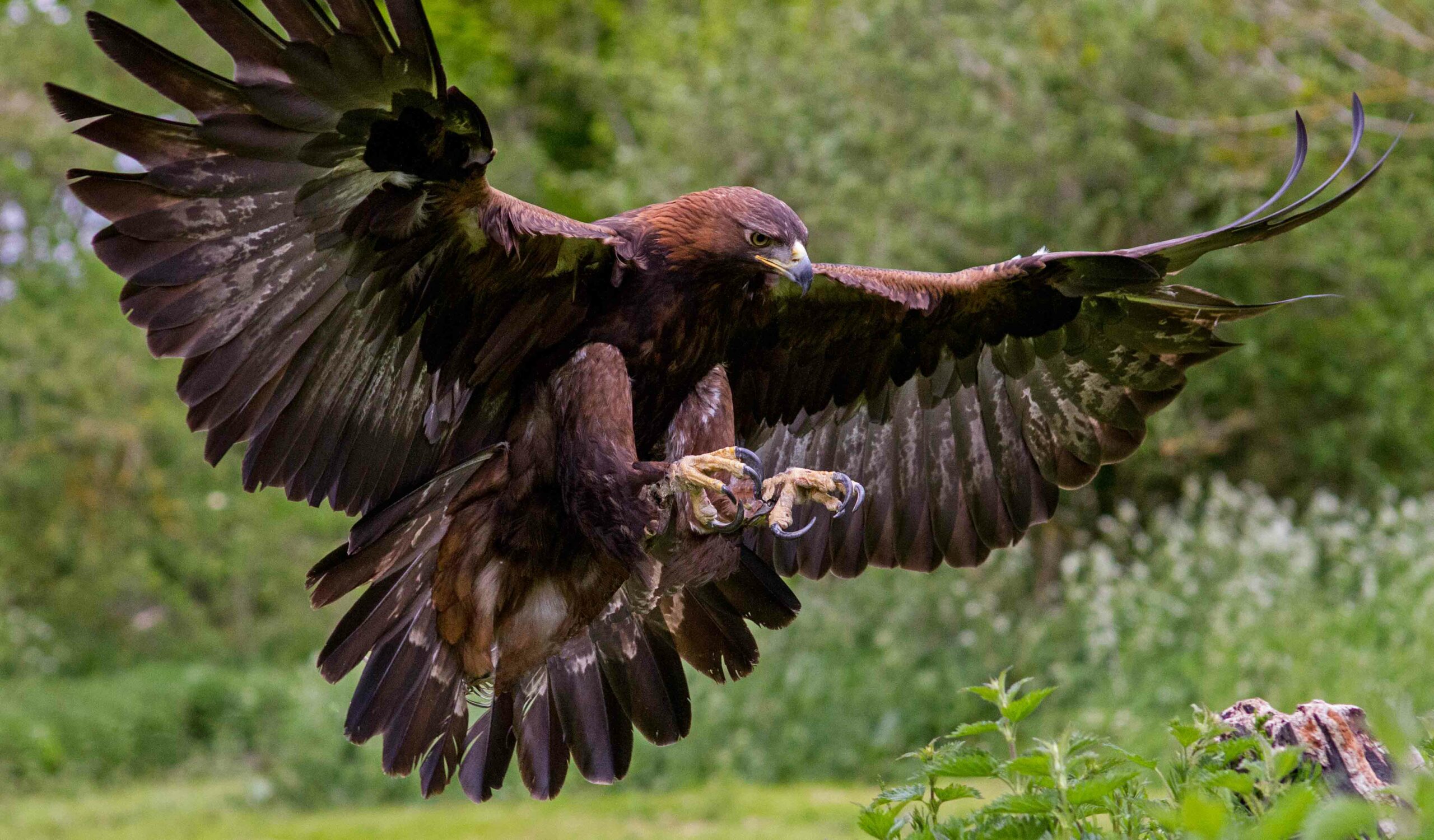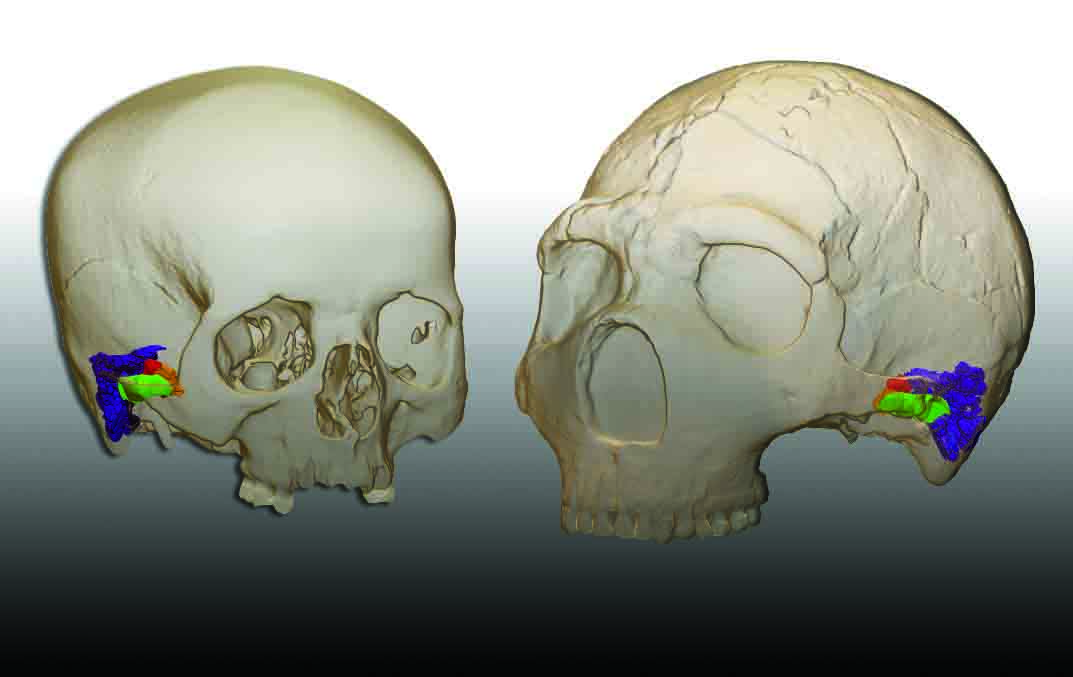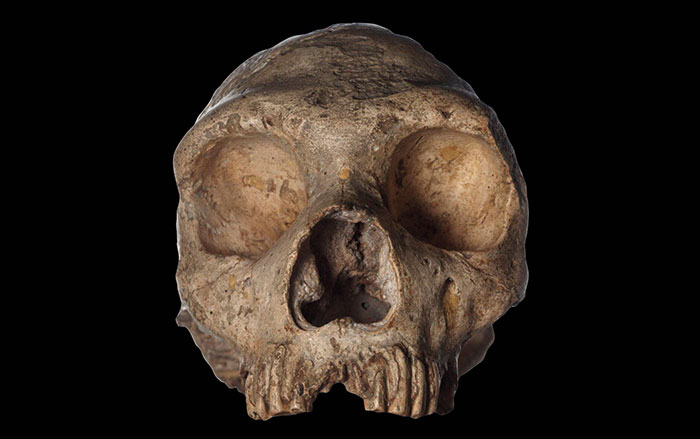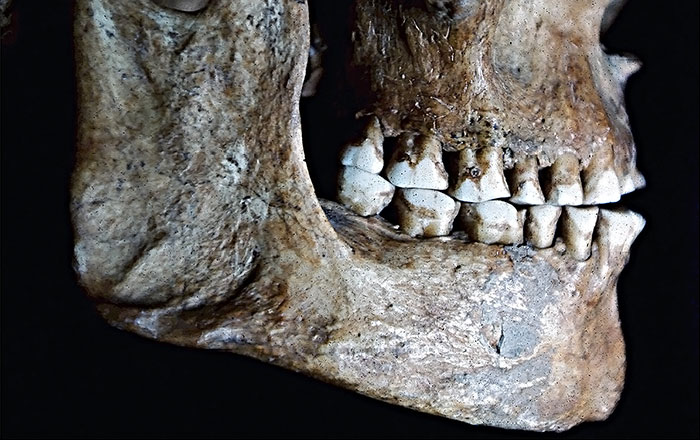
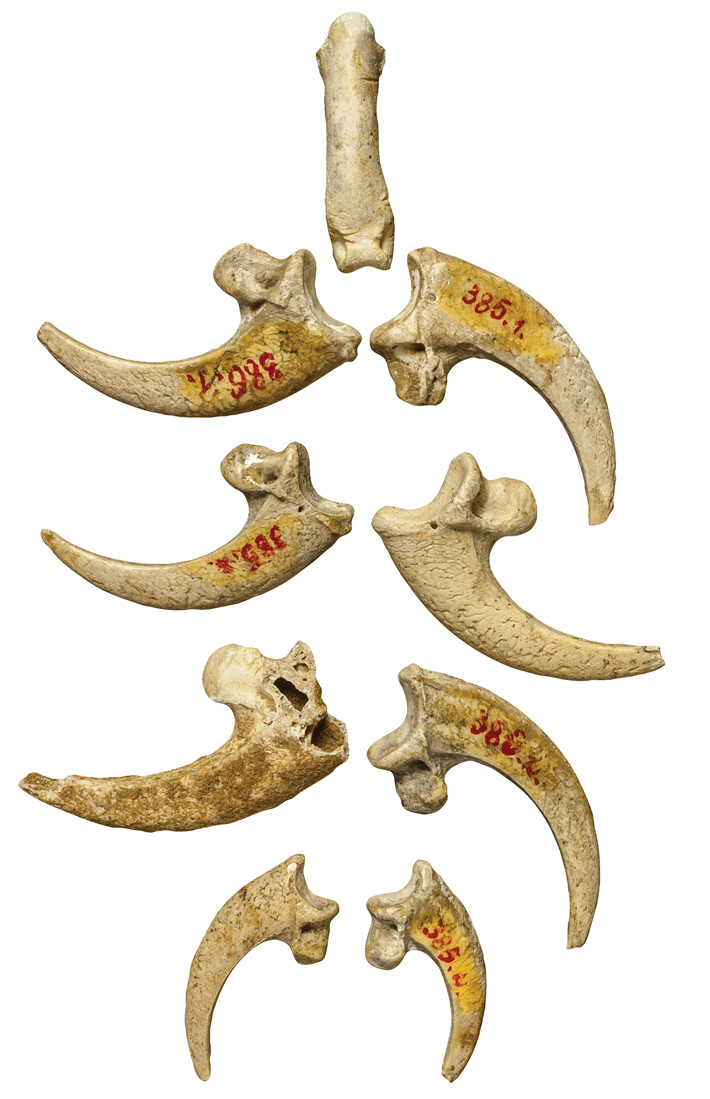
The size and power of golden eagles have made these raptors potent symbols in modern human cultures around the world, but a new analysis of eagle bones found at sites across Europe and Asia shows they played an important role for Neanderthals as well. Researchers compiled data on bird bones found at 154 Neanderthal sites dating to as early as 130,000 years ago. The results show that, before they made contact with Homo sapiens, Neanderthals across Eurasia were hunting golden eagles and using parts of their carcasses, mainly the talons, as jewelry or other kinds of symbolic artifacts.
The findings run counter to the widely accepted idea that Neanderthals were big-game hunters who couldn’t adapt to hunting smaller, faster prey, such as eagles, when bigger, slower species, such as elk and bison, were dying out. They also suggest that, independent of modern humans, Neanderthals were developing symbolic thinking alongside new techniques for exploiting a wider variety of resources, including birds. According to Stewart Finlayson, director of natural history at the Gibraltar National Museum, the findings show just how sophisticated Neanderthals were.


